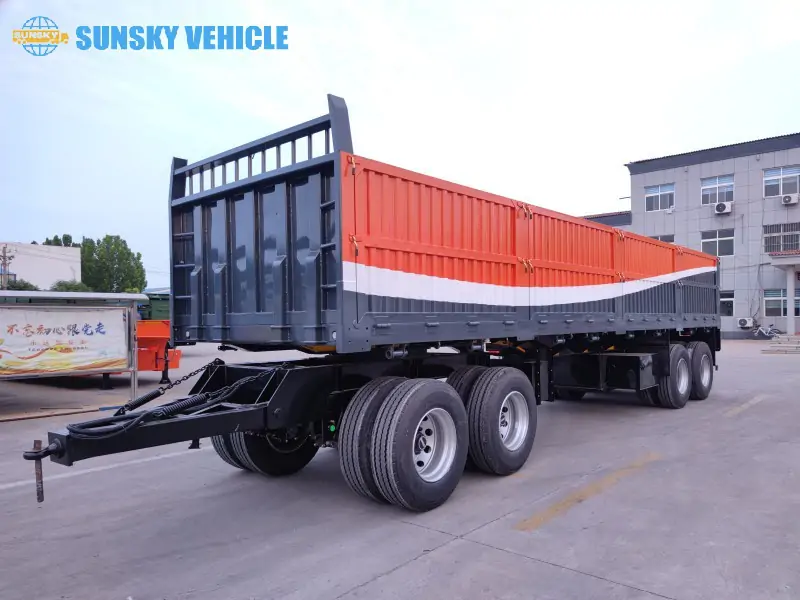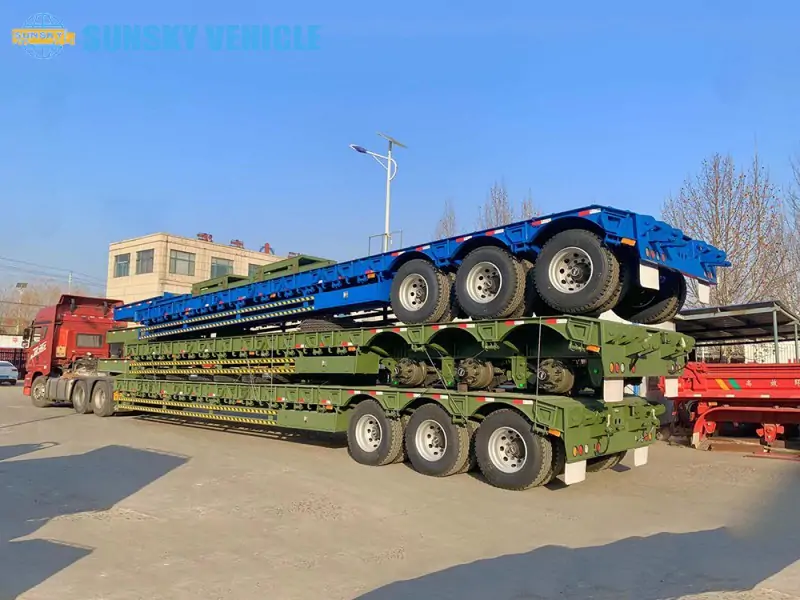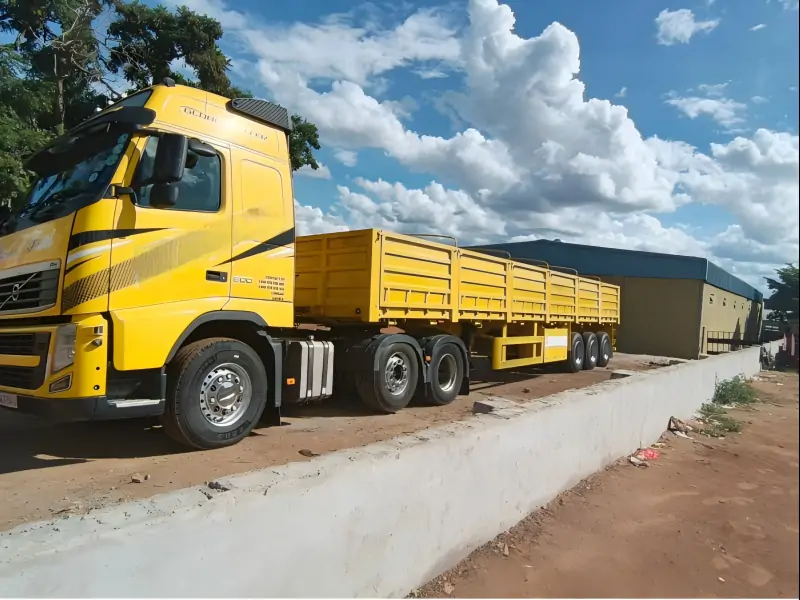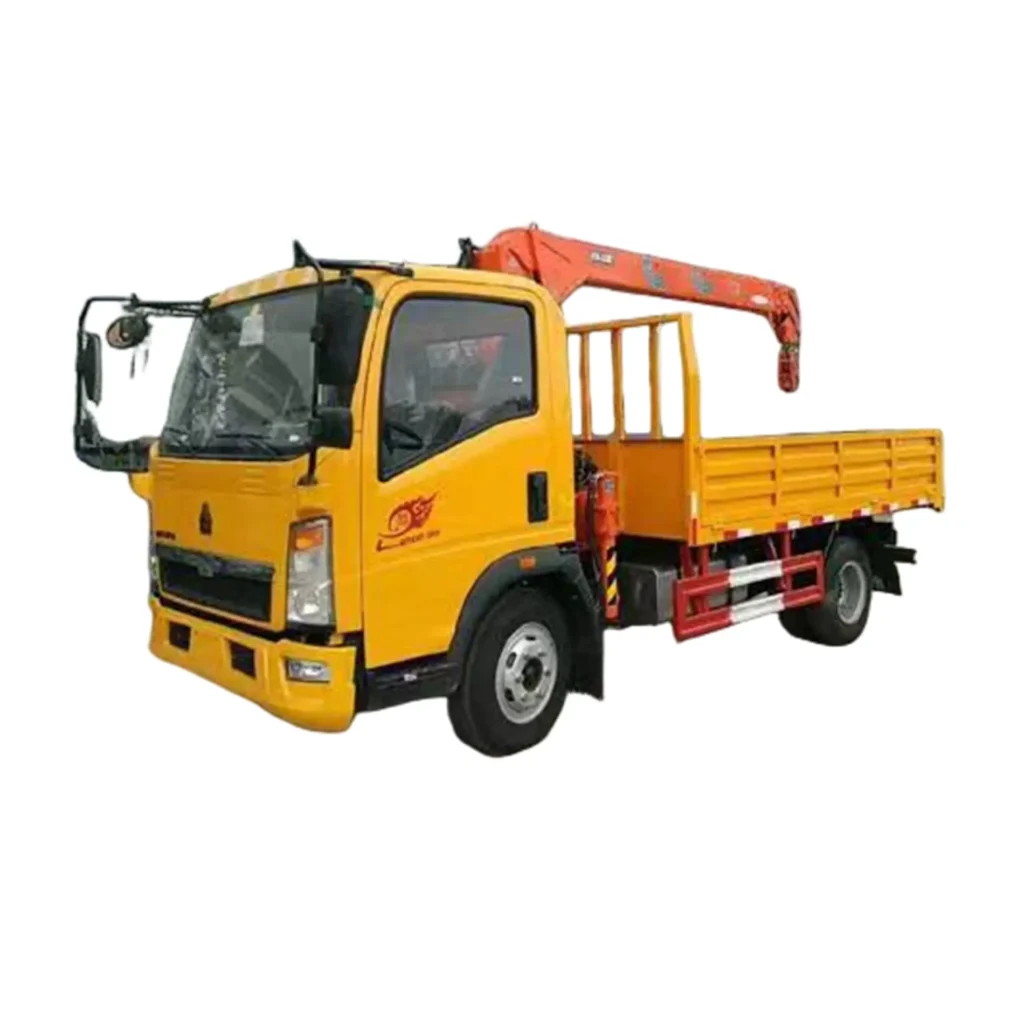
Truck Crane
Explore our diverse truck cranes, from agile 4×2 models to robust 8×4 configurations. Engineered for precise control and heavy lifting, our mobile cranes offer unparalleled versatility and reach.
What is Truck Crane?
A truck crane, also commonly referred to as a mobile crane, boom truck, or crane truck, is a type of heavy equipment that combines a crane mechanism with a standard or specialized truck chassis. This integration provides excellent mobility, allowing the crane to drive independently to job sites without needing additional transport. The crane component typically consists of a telescopic boom, a hoist, and a counterweight system. Truck cranes are designed for various lifting, loading, and positioning tasks, offering significant lifting capacity and reach. Their ability to quickly set up and move makes them invaluable for projects requiring efficient, on-demand lifting capabilities across multiple locations.
Truck Crane for sale
Truck mounted crane application scenarios
Truck cranes, also known as mobile cranes, boom trucks, or crane trucks, are incredibly versatile lifting machines with widespread applications across various industries due to their mobility and lifting power.
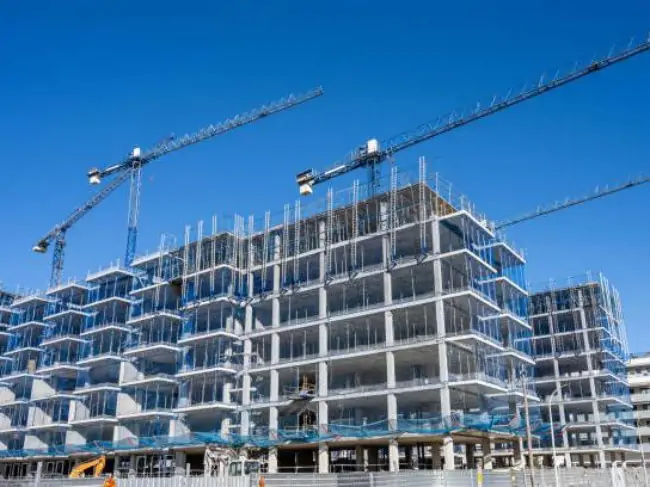
Construction Sites: Essential for lifting and placing heavy building materials like steel beams, concrete slabs, roofing trusses, and prefabricated components during commercial and residential construction.
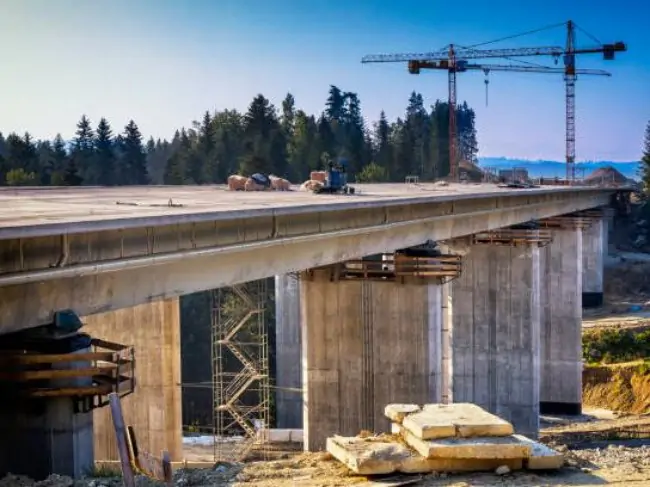
Infrastructure Projects: Utilized in road and bridge construction, utility installation (pipes, poles), and telecommunications for lifting and positioning heavy equipment or structural elements.
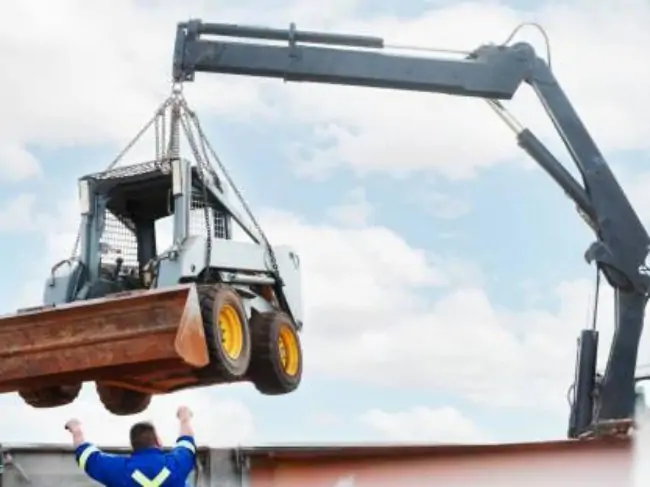
Heavy Equipment Moving & Rigging: Ideal for loading and unloading heavy machinery onto trailers, rigging industrial components, or moving large equipment within factories and warehouses.
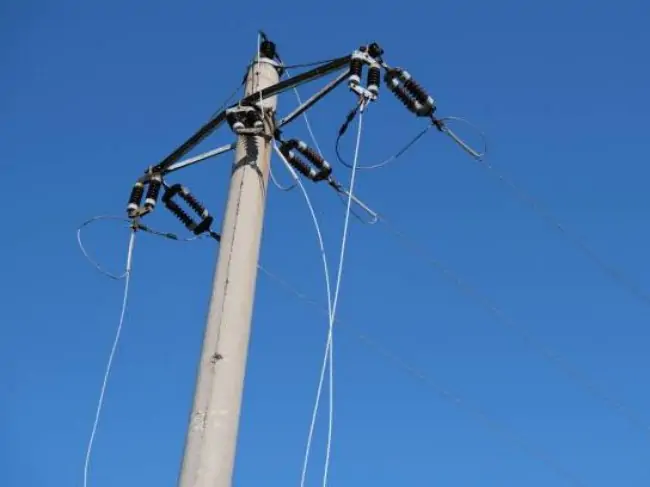
Utility & Maintenance Work: Used by power companies for installing and maintaining utility poles, transformers, and power lines, or for general maintenance of large facilities.

Tree Service & Landscaping: Employed for safely lifting and removing large tree limbs or entire trees or placing heavy landscape features like boulders or fountains.
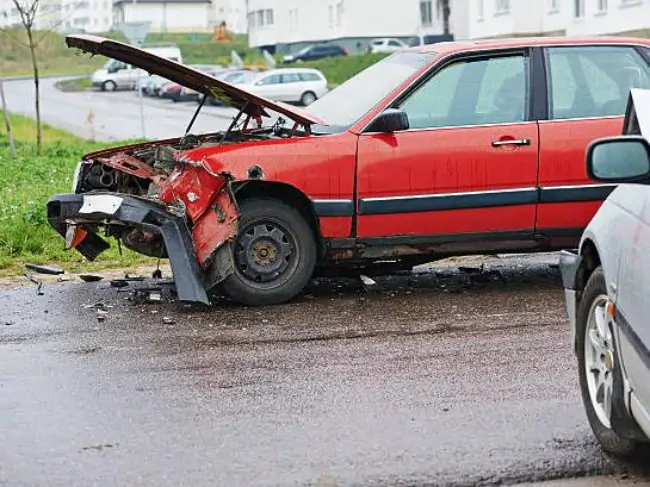
Rescue & Recovery: Sometimes used in emergency situations for lifting overturned vehicles, debris, or assisting in recovery operations due to their rapid deployment.
Standard configuration
-
Basic Hoist System
-
Standard Counterweights
-
Hydraulic Outriggers
-
Telescopic Boom
-
Truck Chassis
-
Leaf spring suspension
-
Operator Cab
Customizable options
-
Lifting Capacity & Boom Length
-
Capacity Class:
-
Axle Configuration
-
Engine & Drivetrain
-
Tire & Wheel Options
-
accessory(fuel tank,water tank)
-
Vision Systems
Looking for some new designs ?
truck mounted cranes detail design
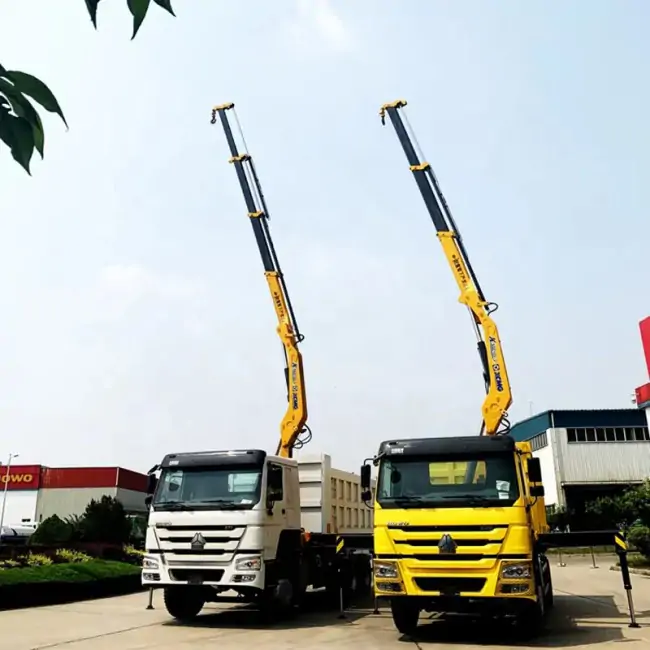
The crane’s hydraulic system and adjustable boom length and angle allow it to handle different types of operations, making it a cost-effective solution for many industry sectors.
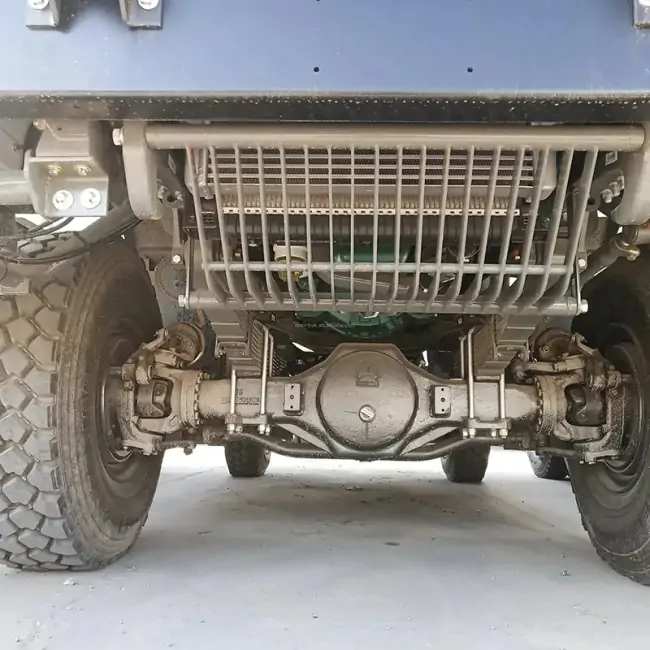
The chassis is made of high-quality steel, with a sturdy frame structure that is strong enough to support the crane and the load it carries. The chassis is also designed with ample ground clearance to operate in harsh terrain.
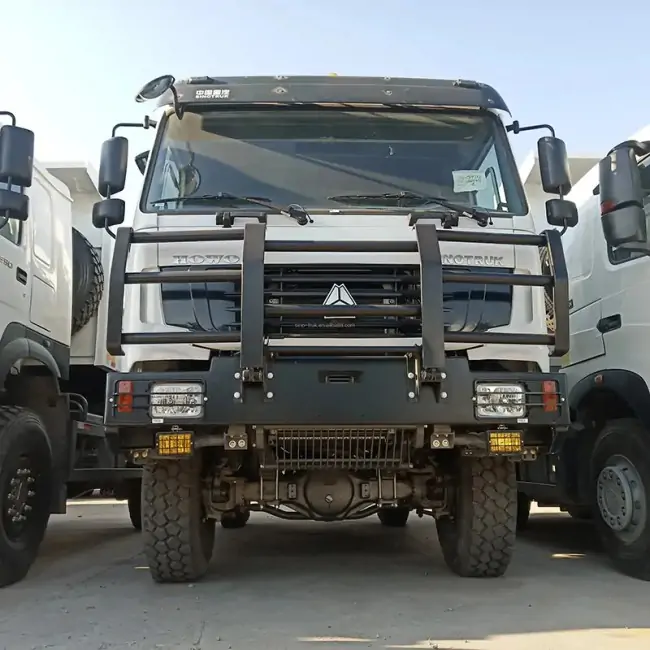
The front end of the truck crane is made of high-quality steel, ensuring it is strong enough to support the weight and load of the crane. The front frame structure is specially reinforced to withstand the forces and vibrations generated during crane operation.
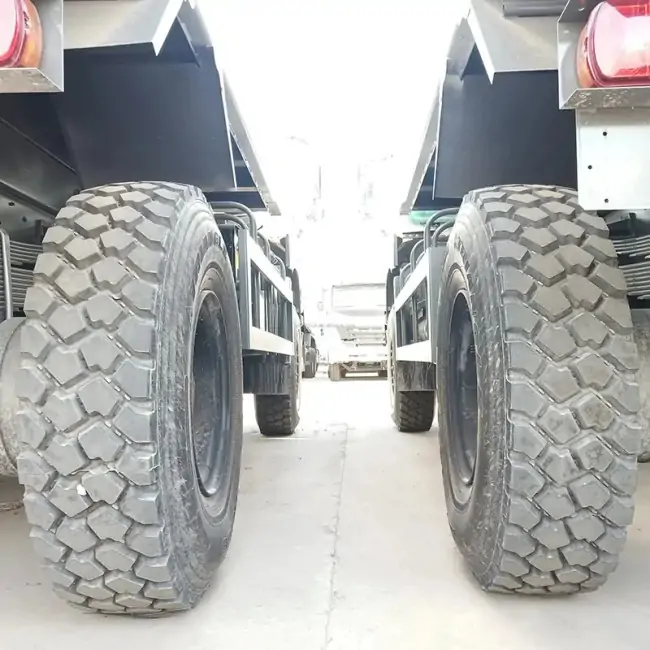
The tires of the crane truck are designed to support the maximum load capacity of the crane, including the weight of the crane itself and the load it carries. The load capacity of the tires should be carefully matched to the load capacity of the crane to ensure safe and efficient operation.
Video of crane truck mounted
truck crane

The trailer type you are looking for is not found
FAQ
What are the key advantages of a truck crane over a stationary crane?
The key advantages of a truck crane, often called a mobile crane or crane truck, over a stationary crane (like a tower crane) primarily revolve around mobility and rapid deployment. A stationary crane requires extensive setup, foundation work, and de-rigging, making it suitable for long-term, high-rise projects. In contrast, a truck crane can drive directly to a job site, set up its outriggers relatively quickly (often within minutes), perform its lift, and then drive to the next location. This “pick-and-carry” capability, combined with their highway speed mobility, makes them ideal for multiple short-term lifting tasks across various sites.
Furthermore, boom trucks offer exceptional versatility for diverse lifting heights and reaches without the commitment of a permanent structure. They don’t require the same level of site preparation and can navigate tighter urban environments more effectively than large tower cranes. While tower cranes excel in lifting extremely heavy loads to immense heights on single, long-duration projects, truck cranes provide the flexibility, agility, and cost-efficiency for a broader range of construction, utility, and industrial lifting needs where frequent movement is required.
How do mobile cranes ensure safety during heavy lifts?
Mobile cranes, including truck cranes and boom trucks, incorporate numerous safety features and operational protocols to ensure secure heavy lifts. Firstly, hydraulic outriggers are fundamental. These extend outwards and downwards to provide a wide, stable base, distributing the crane’s weight and load over a larger area and preventing tipping. Secondly, load moment indicators (LMIs) or rated capacity indicators (RCIs) are crucial. These onboard computer systems monitor the boom’s angle, length, and the load’s weight, providing real-time data to the operator. They sound alarms and can even prevent the crane from lifting beyond its safe working limit, preventing overloads.
Thirdly, anti-two-block devices prevent the hook block from colliding with the boom tip, a common cause of accidents. Fourthly, counterweights are precisely calculated and applied to balance the load, enhancing stability. Lastly, rigorous operator training and certification are non-negotiable. Operators are skilled in site assessment, lift planning, load securement, and communication with ground crews. Regular maintenance and inspections of all hydraulic, mechanical, and electrical components are also vital for the continuous safe operation of any crane truck or lifting equipment.
What factors determine the lifting capacity of a crane truck?
The lifting capacity of a crane truck, or mobile crane, is determined by several critical interconnected factors, not just the crane’s maximum rated weight. This capacity is typically presented in a load chart, which operators must rigorously follow. Firstly, radius (or operating reach) is paramount. The further the load is from the crane’s center of rotation (the greater the radius), the less weight it can safely lift due to increased leverage. A crane can lift significantly less weight at maximum reach than directly overhead.
Secondly, boom length and angle directly influence capacity. A longer or flatter boom reduces lifting capacity. Thirdly, the outrigger setup and ground conditions are vital. Outriggers must be fully extended and properly supported on solid, level ground to achieve the crane’s rated capacity. Unstable ground can lead to catastrophic failure. Fourthly, counterweight configuration plays a major role; more counterweight generally allows for heavier lifts within safe limits. Lastly, the total gross weight of the load, sling rigging, and hook block must all be factored into the calculation. Operating within these precise limits is essential for safe and efficient lifts by any boom truck or heavy lifting equipment.
Are boom trucks suitable for tight urban environments?
Yes, boom trucks, a common type of truck crane or mobile crane, are often highly suitable for tight urban environments due to their inherent mobility and relatively compact footprint compared to larger crawler or tower cranes. Their ability to drive on public roads at highway speeds means they can quickly reach congested city job sites. Once on-site, their hydraulic outriggers can often be extended partially or asymmetrically, adapting to limited space while still providing necessary stability for lighter lifts.
Unlike massive tower cranes that require extensive site preparation and street closures for erection, crane trucks can set up and dismantle much faster, minimizing disruption to urban traffic and daily life. Their versatility in lifting various materials from different angles, combined with precise controls, makes them ideal for placing HVAC units on rooftops, installing signs, or maneuvering construction materials within constrained building footprints. While very large mobile cranes might still face challenges in extremely narrow streets, the medium- to smaller-capacity boom trucks are invaluable tools for urban construction, maintenance, and logistics, offering flexible and efficient lifting solutions where space is at a premium.
What are the key maintenance considerations for a Truck mounted crane?
Maintaining a Truck mounted crane, or mobile crane, is critical for ensuring its safety, reliability, and longevity, given the complex interplay of its mechanical, hydraulic, and electrical systems. Firstly, regular inspections of the hydraulic system are paramount. This includes checking for leaks in hoses, cylinders, and pumps, ensuring proper fluid levels, and maintaining hydraulic filters. The hydraulic system is the powerhouse for all crane movements (boom extension, hoist, outriggers), so its health is non-negotiable.
Secondly, boom section maintenance is crucial. The telescopic sections of the boom, slides, and wear pads must be regularly inspected for damage, proper lubrication, and alignment to ensure smooth extension and retraction. Any excessive play or wear can compromise structural integrity. Thirdly, wire rope and hook block inspection is vital. The hoist wire rope must be checked for frays, kinks, corrosion, and proper spooling on the drum. The hook block should operate freely and safely. Fourthly, the carrier chassis and engine require standard truck maintenance, including oil changes, brake checks, and tire inspections. Lastly, all safety devices, such as load moment indicators, anti-two-block systems, and outrigger sensors, must be tested and calibrated regularly to ensure they are functioning accurately, preventing accidents and ensuring compliance for this critical piece of lifting equipment.
Connect with us
Ready to partner? We’re convinced Sunsky Vehicle is your best choice! Reach out through the form or by phone.

*Our team will answer your inquiries within 24 hours.
*Your information will be kept strictly confidential.
Contact Info
-
+86 13666007515
-
sunskyvehicle@gmail.com
-
No.99 Xiangyu Road, Xiamen Free Trade Zone,HULI DISTRICT, XIAMEN,CHINA Factory address: Liangshan district, Jining city, Shandong, China
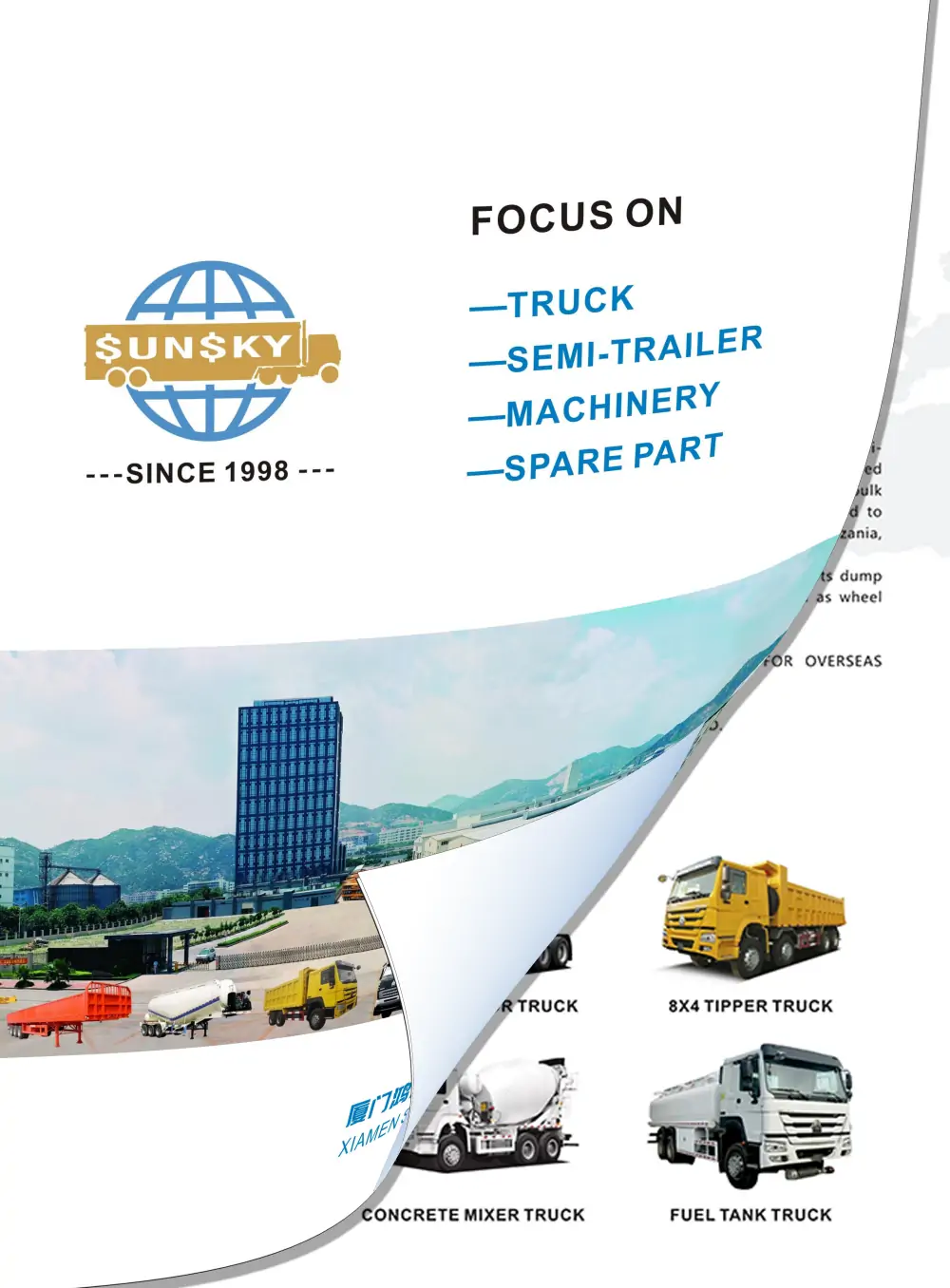
Copyright © 2020 Xiamen Sunsky Vehicle Co.,Ltd..All Rights Rese Co.,Ltd..All Rights Reserved.
Get A Quote
The more details you provide, the faster we can quote.
*Our team will answer your inquiries within 12 hours.
*Your information will be kept strictly confidential.












